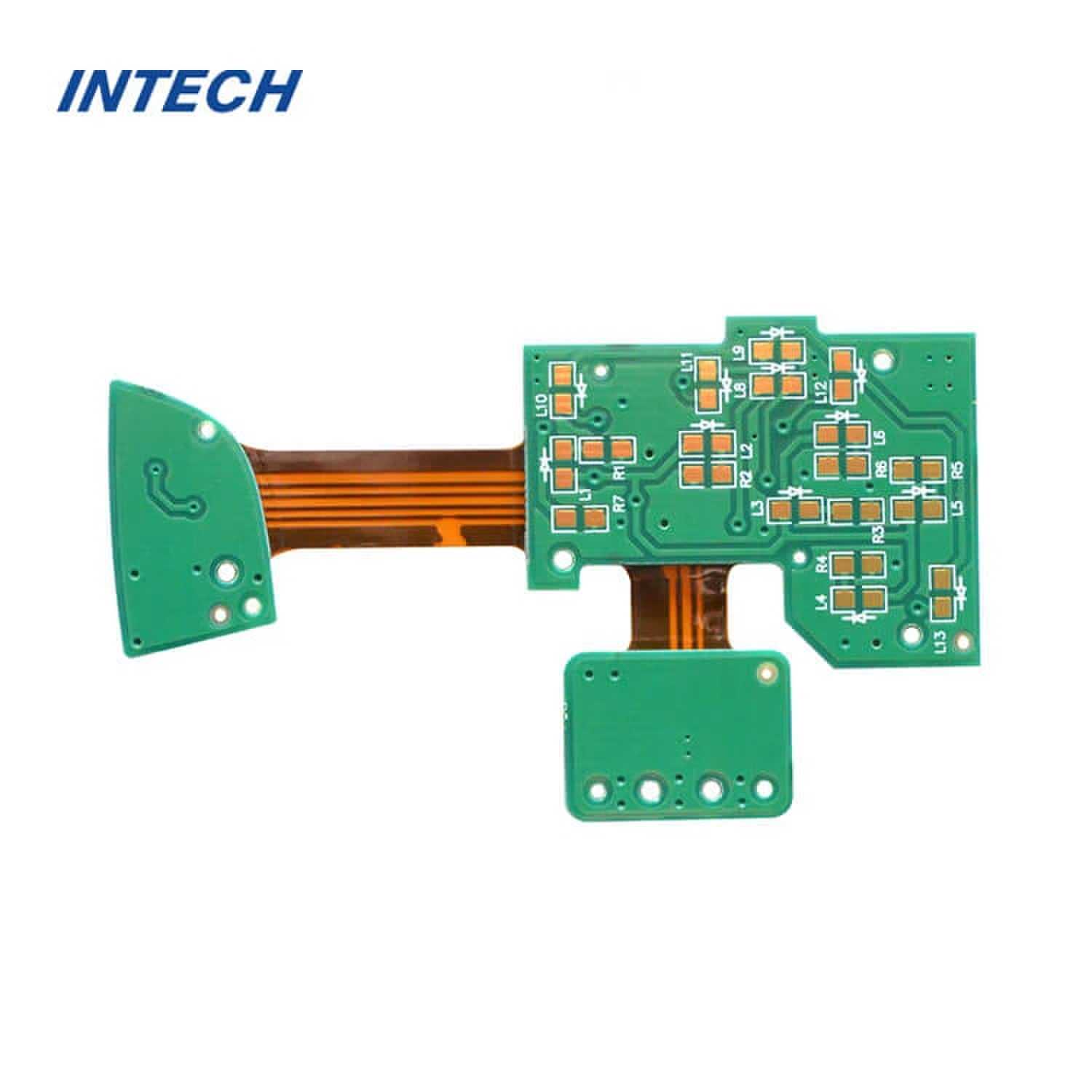Why are flexible printed circuit boards suitable for high-frequency applications?
Date:2023-05-22 14:19:51
Circuit boards play an important role in electronic devices, connecting them together to form a complete system circuit. Different electronic devices require different types of circuit boards, and flexible circuit boards are one of them, which have the characteristics of flexibility, lightness, and flexibility. The advantages of flexible circuit boards are high strength and easy to bend into complex shapes. Among them, flexible printed circuit boards are particularly suitable for high-frequency applications. This article will explore the advantages and reasons of flexible printed circuit boards in high-frequency applications.
Firstly, what is a flexible printed circuit board? Flexible printed circuit board is composed of flexible polyimide substrate and conductive material with wires printed on the surface. They typically consist of multiple layers of circuit boards, with adhesive tape or thin film connecting each layer. In flexible printed circuit boards, conductive materials and substrates are designed for specific applications. Based on flexible polyimide, this circuit board has extremely high flexibility, tenacity and temperature resistance, which can be used for high temperature and high voltage. In addition, due to the use of special materials, the corrosion resistance, oxidation resistance and electrical characteristics of flexible printed circuit board are superior to those of ordinary circuit boards, which is very suitable for high-frequency applications.
2、 Why are flexible printed circuit boards suitable for high-frequency applications? For high-frequency applications, the signal transmission rate is very fast, and the data transmission is more precise and complex, so a dedicated circuit board is required. These circuit boards must be stable at high transmission rates and high power, which is where flexible printed circuit boards come in handy. They provide excellent signal transmission characteristics and higher frequency response, as well as accommodate more electrical components in a smaller space. In some high-frequency applications, the use of non dedicated boards may cause widespread electromagnetic interference and reduce system performance due to the signal of conductivity. On the other hand, flexible printed circuit boards can work efficiently in various environments and achieve higher levels of data transmission, and these high-frequency applications are widely used in fields such as communication, healthcare, and technology.
Finally, using flexible PCBs in high-frequency operations is also effective in reducing weight and wiring, which means you can reduce size, weight, and thickness while increasing practicality. By adopting materials, designs, and production processes optimized for high-frequency applications, flexible printed circuit boards can provide better performance and reliability in various applications, meeting the requirements of high-power transmission and precision data processing, and having high reliability.
In summary, flexible printed circuit boards have great advantages due to their flexibility, lightness, bendability, and good stability. In high-frequency applications, its excellent signal transmission characteristics, higher frequency response, and smaller footprint make flexible printed circuit boards one of the future development directions. Essential tools for designing high-performance, flexible, efficient, and reliable electronic devices.

